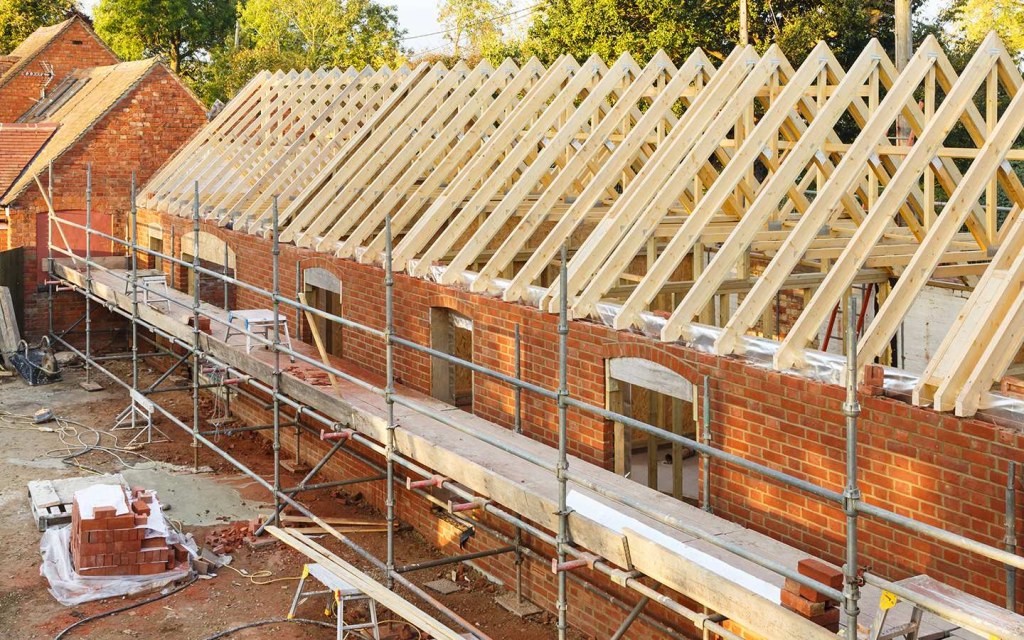It is an excellent project to consider if you plan to finance a knockdown rebuild. You must be wondering why? With the price of preexisting houses fluctuating, it might be intimidating to consider relocating – especially if you believe you already live in a fantastic neighbourhood with all the facilities you require.
How to manage funds, especially if you already have a mortgage on your house?
- Building and Construction Loans
A construction loan is typically used to finance a knockdown rebuild. These loans have already been created specifically to provide financing corresponding to the construction process’s milestones and payment criteria. After all, when a builder develops your home, they normally do not expect you to pay them in full upfront. Instead, you’ll have to pay them at certain points along the construction process.
The Workings of Building and Construction Loans
The following are the ways a loan for a knockdown rebuild works:
- The contract begins when the contractor sets the foundation for your new home.
- When the builder has built the frame of the house
- When the home’s builder has made it lockable
- When the builder has completed the interior design,
- When the construction is complete
- Making Use of the Equity of Your Current House
Use the existing house’s equity as a substitute for construction financing. With interest rates at an unprecedented low, a knockdown rebuild may be the ideal moment to examine mortgage rates and refinance your home loan. You could ask your present lender to raise your house loan if you choose to loan more against your property in this manner.
- Revising Your Current Home Loan
If your loan allows for redraws, you may also be able to use any additional payments you’ve made to support your knockdown rebuild. That said, you’ll probably need to be well ahead on your loan to afford the total cost of building a new home. To cover the remaining sum, you may need to employ another source of financing.
- Line of Credit
A line of credit permits you to borrow money up to a specified limit while using your property as security. You won’t have to withdraw the entire amount at once, and you’ll pay interest on what you use, much like a construction loan. Lines of credit frequently have higher interest rates than traditional house loans, which you must consider against their flexibility.
A Checklist Before Funding for Rebuild of a Knockdown
- Checking Your Credit Score: Knowing your credit score will help you understand which loan options you may be suitable for and what possibilities are accessible. You would never want to hire someone to create new home plans before learning that your credit makes you ineligible for a loan.
- Check Your Savings: You should expect upfront expenditures and out-of-pocket expenses regardless of your loan choice. Before dealing with the lender, make sure you have enough cash on hand to cover any additional expenses that may arise.
Pay Any Outstanding Loans: In most circumstances, you will not be permitted to demolish a home that owes money. Pay the remaining sum in full if necessary to ensure that you own the home outright. Lenders may allow you to roll the debt into your new mortgage.
Conclusion
Staying in one place means retaining your capital gains and improving them with an updated home in a suburb with a track record of development. This is exactly why you should finance a knockdown rebuild, as it will be advantageous to you. It could substantially impact your financial future. These high-end suburbs will likely continue to appreciate, largely due to location and land. Therefore, it might be financially advantageous to remain in the area that will generate the greatest long-term growth returns.

